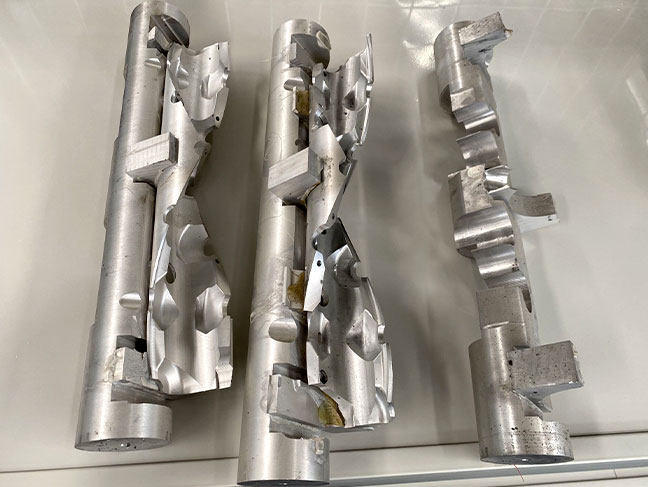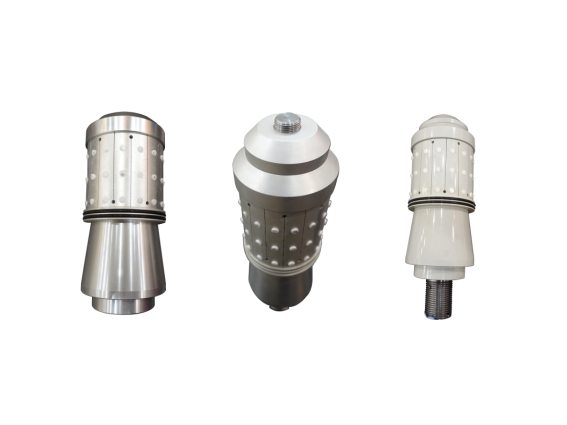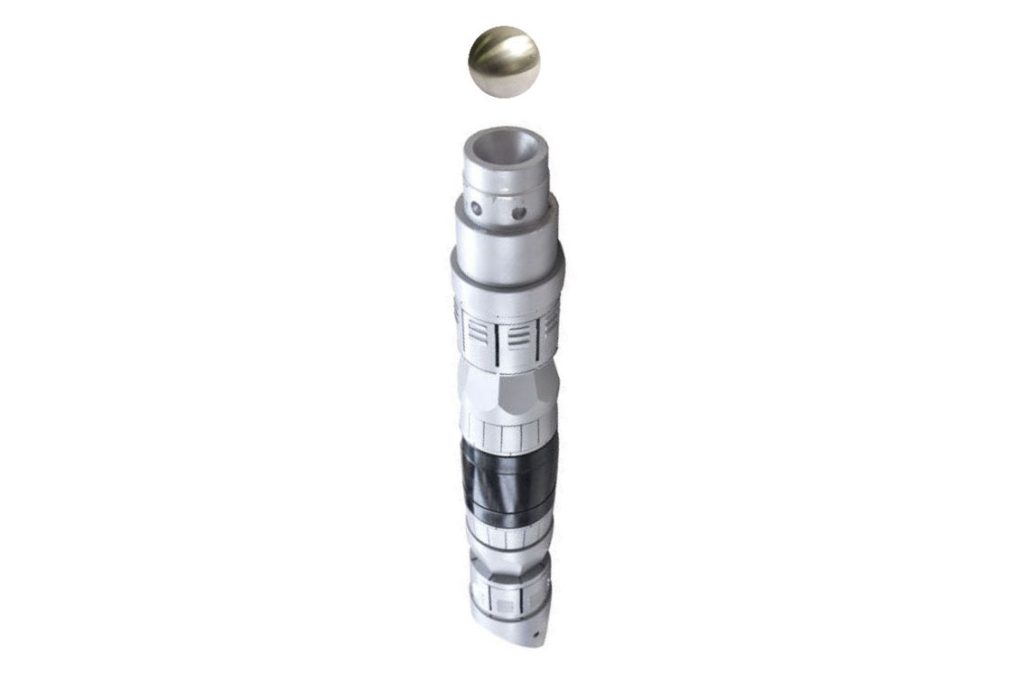Dissolvable Magnesium Alloy – HHK Series
- Dissolvable magnesium alloy rod as in downhole tools is a novel material solution for the oil and gas industry, designed to mitigate environmental and operational challenges. This alloy is engineered to dissolve predictably over a specific timeframe, eliminating the need for costly and time-consuming retrieval operations.
- Its primary application lies in downhole tools such as frac balls, plugs, and seats, which can be designed to dissolve after a set period, allowing for effortless wellbore cleanup and reducing the risk of future well interventions.
Share to
Features
- By dissolving in a controlled manner, ensuring a safer and more efficient operation.
- Lightweight and compact design, allowing for easier transportation and deployment.
- High-strength-to-weight ratio, enabling reliable performance in harsh downhole environments.
- Unparalleled corrosion resistance, ensuring extended tool lifespan and reduced maintenance costs.
- Reduced logistics and disposal costs, as the alloy dissolves, eliminating the need for retrieval and disposal.
Technical Achievement
The oil and gas industry has long sought innovative solutions to overcome the challenges of downhole operations. One significant breakthrough in this regard is the development of dissolvable magnesium alloy rod, which has revolutionized the design and functionality of downhole tools. This technical achievement has far-reaching implications for the industry, enabling operators to improve efficiency, reduce costs, and enhance overall performance.
The introduction of dissolvable magnesium alloy rod has changed this paradigm, offering a game-changing solution that can be tailored to meet specific operational requirements. By leveraging the unique properties of magnesium, engineers can now create tools that can be designed to dissolve over a predetermined period, eliminating the need for costly and time-consuming retrieval operations.
One of the primary benefits of dissolvable magnesium alloy bar is its ability to reduce the environmental impact of downhole operations. By minimizing the amount of waste generated during drilling and completion activities, operators can significantly decrease their ecological footprint. Moreover, the alloy’s dissolvable nature enables the tool to be easily broken down, reducing the risk of damage to surrounding formations and minimizing the potential for environmental contamination.
In addition to its environmental advantages, dissolvable magnesium alloy bar also offers a range of operational benefits. For instance, the alloy’s lightweight properties enable the creation of more compact and agile tools, which can be easily deployed in complex wellbore geometries. Furthermore, the alloy’s high strength-to-weight ratio ensures that tools can withstand the harsh conditions encountered in downhole environments, while its corrosion resistance minimizes the risk of tool failure.
Application

| Grade | Min. Tensile Strength | Min. Yield Strength | Min. Elongation | Hardness | Testing Conditions | Dissolvable Magnesium Alloy Type | |||
| Mpa | Ksi | Mpa | Ksi | % | HB | Temp. (℃ ) | Concentration of KCl | ||
| HHK-96 | 380 | 55.2 | 300 | 43.5 | 5 | 96 | 93 | 3% | High temp. / High strength |
| HHK-98 | 450 | 65.3 | 350 | 50.8 | 3 | 98 | 93 | 3% | |
| HHK-982 | 450 | 65.3 | 350 | 50.8 | 3 | 98 | 93 | 3% | |
| HHK-989 | 320 | 46.4 | 250 | 36.3 | 5 | 98 | 90 | 3% | |
| HHK-916 | 380 | 55.2 | 260 | 37.7 | 3 | 101 | 50 | 0.84% | |
| 280 | 40.6 | 93 | 3% | ||||||
| HHK-55 | 280 | 40.6 | 250 | 36.3 | 5 | 70 | 93 | 3% | |
| HHK-88 | 120 | 17.4 | 80 | 11.6 | 35 | 65 | 93 | 3% | Low temp. / Ultra-high ductility |
| HHK-105 | 250 | 36.3 | 180 | 26.1 | 12 | 75 | 93 | 3% | High temp. / High ductility |
| HHK-85 | 250 | 36.3 | 180 | 26.1 | 12 | 64 | 93 | 3% | |
| HHK-75 | 310 | 45 | 220 | 31.9 | 5 | 75 | 93 | 3% | |
| 50 | 0.84% | ||||||||
| HHK-73 | 310 | 45 | 220 | 31.9 | 5 | 70 | 93 | 3% | |
| HHK-741 | 300 | 43.5 | 250 | 36.3 | 6 | 70 | 93 | 3% | |
| 50 | 0.84% | ||||||||
| HHK-63 | 210 | 30.5 | 150 | 21.8 | 15 | 62 | 93 | 3% | High temp. / Ultra-high ductility |
| HHK-631 | 150 | 21.8 | 90 | 13.1 | 20 | 58 | 93 | 3% | |
| HHK-613 | 150 | 21.8 | 90 | 13.1 | 24 | 55 | 93 | 3% | |
| HHK-34 | 310 | 45 | 220 | 31.9 | 5 | 75 | 93 | 3% | Regular |
| 50 | 0.84% | ||||||||
| 50 | 0.1% | ||||||||
| HHK-74 | 290 | 42.1 | 250 | 36.3 | 6 | 70 | 93 | 3% | |
| 50 | 0.84% | ||||||||
| 50 | 0.1% | ||||||||
| HHK-43 | 220 | 31.9 | 180 | 26.1 | 8 | 64 | 93 | 3% | |
| 50 | 0.84% | ||||||||
| 50 | 0.1% | ||||||||
| HHK-23 | 240 | 34.8 | 200 | 29 | 5 | 64 | 93 | 3% | |
| 50 | 0.84% | ||||||||
| 50 | 0.1% | ||||||||
| HHK-13 | 240 | 34.8 | 200 | 29 | 5 | 55 | 93 | 3.0% | |
| 50 | 0.84% | ||||||||
| 50 | 0.1% | ||||||||
| HHK-14 | 240 | 34.8 | 200 | 29 | 5 | 55 | 93 | 3.0% | |
| 50 | 0.84% | ||||||||
| 50 | 0.1% | ||||||||
| HHK-15 | 240 | 34.8 | 200 | 29 | 5 | 55 | 93 | 3.0% | |
| 50 | 0.84% | ||||||||
| 50 | 0.1% | ||||||||



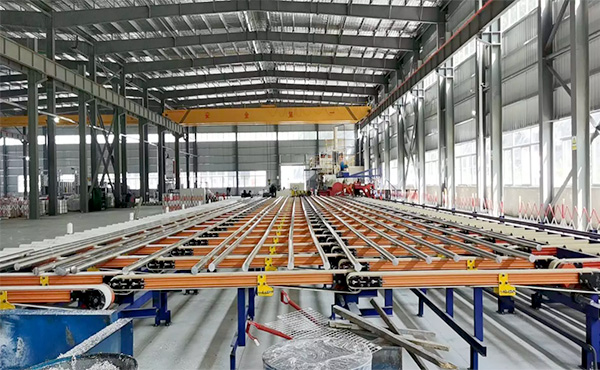
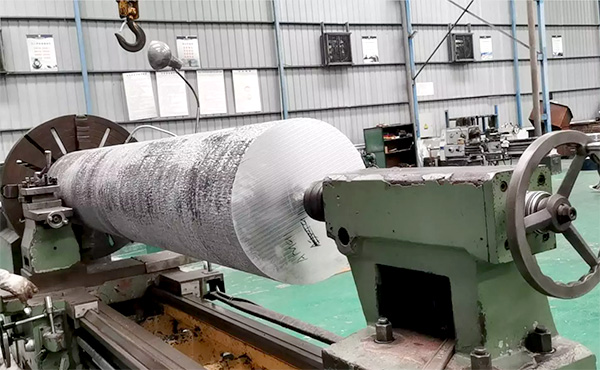
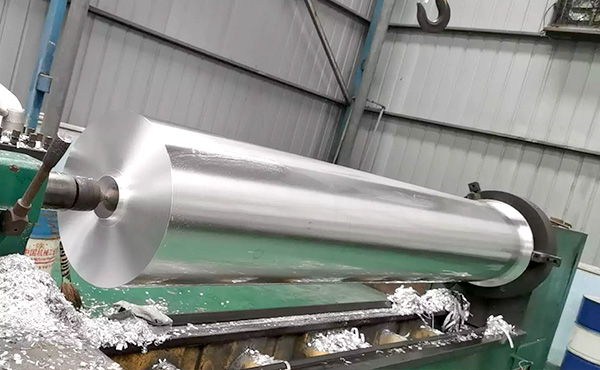
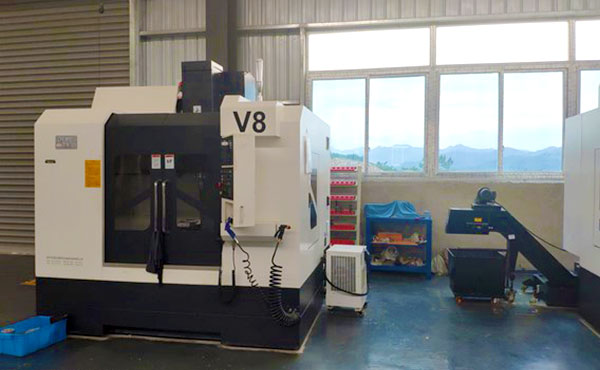

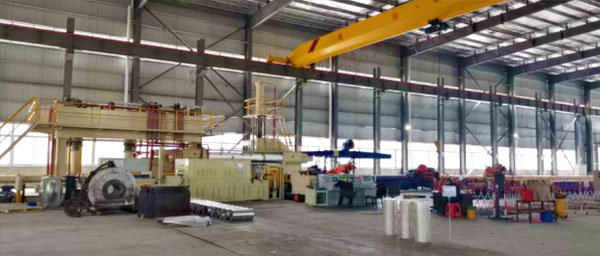
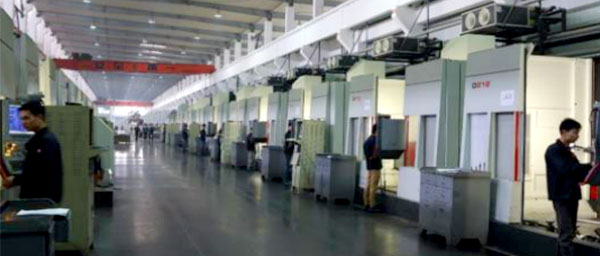
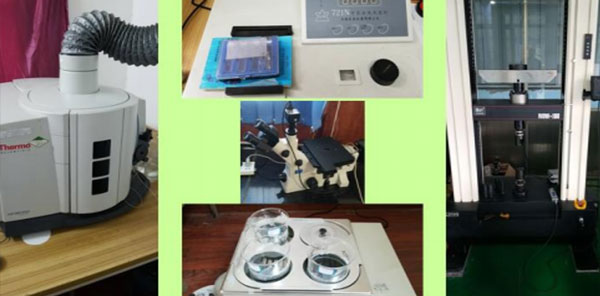

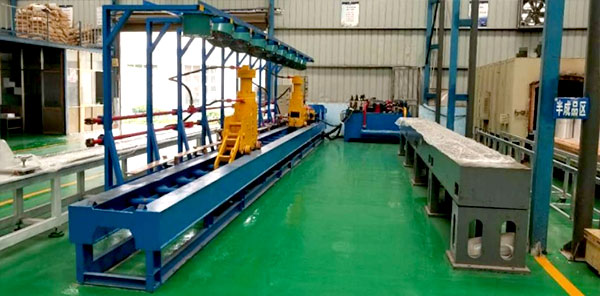

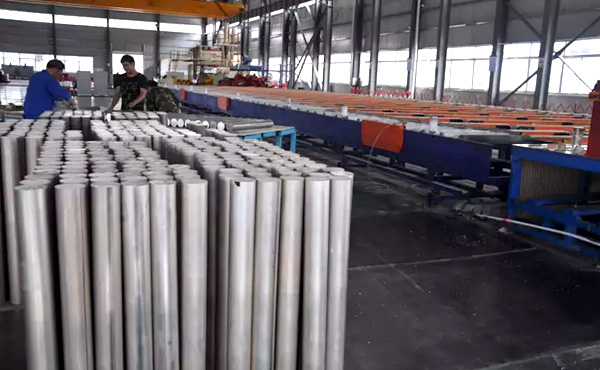
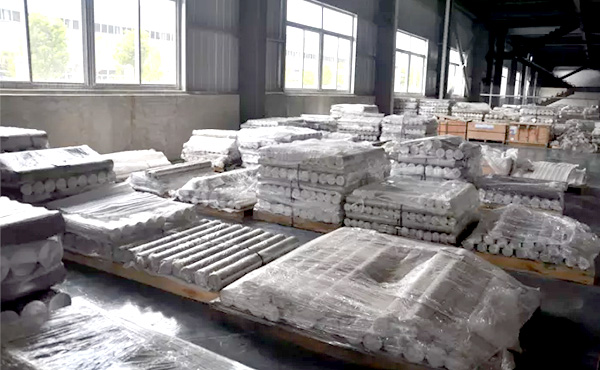
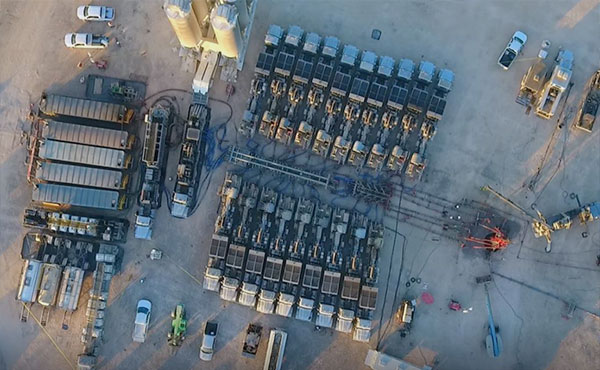
————————————————————————————————————————————————————————————————————————————————————————————————————————————————————




